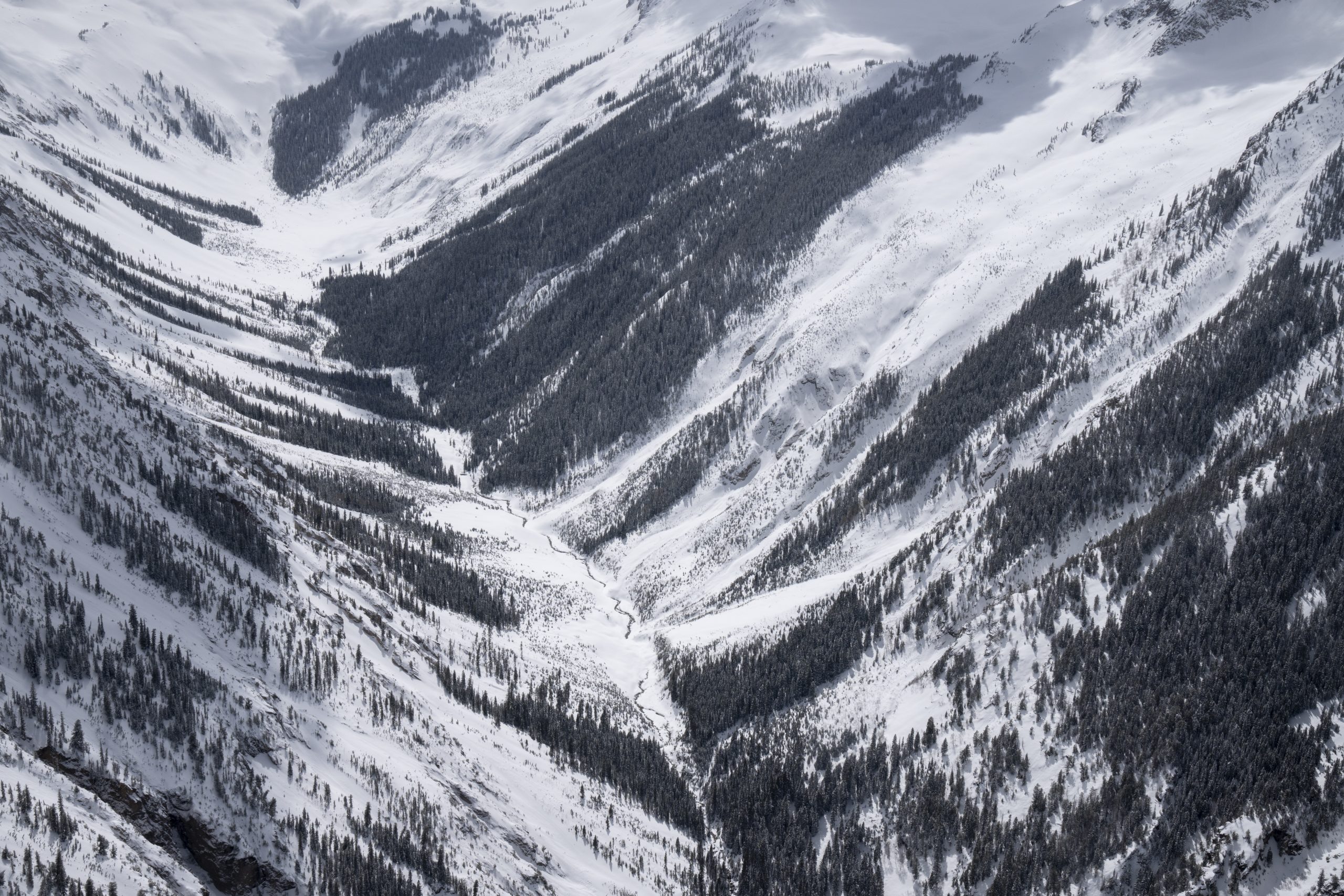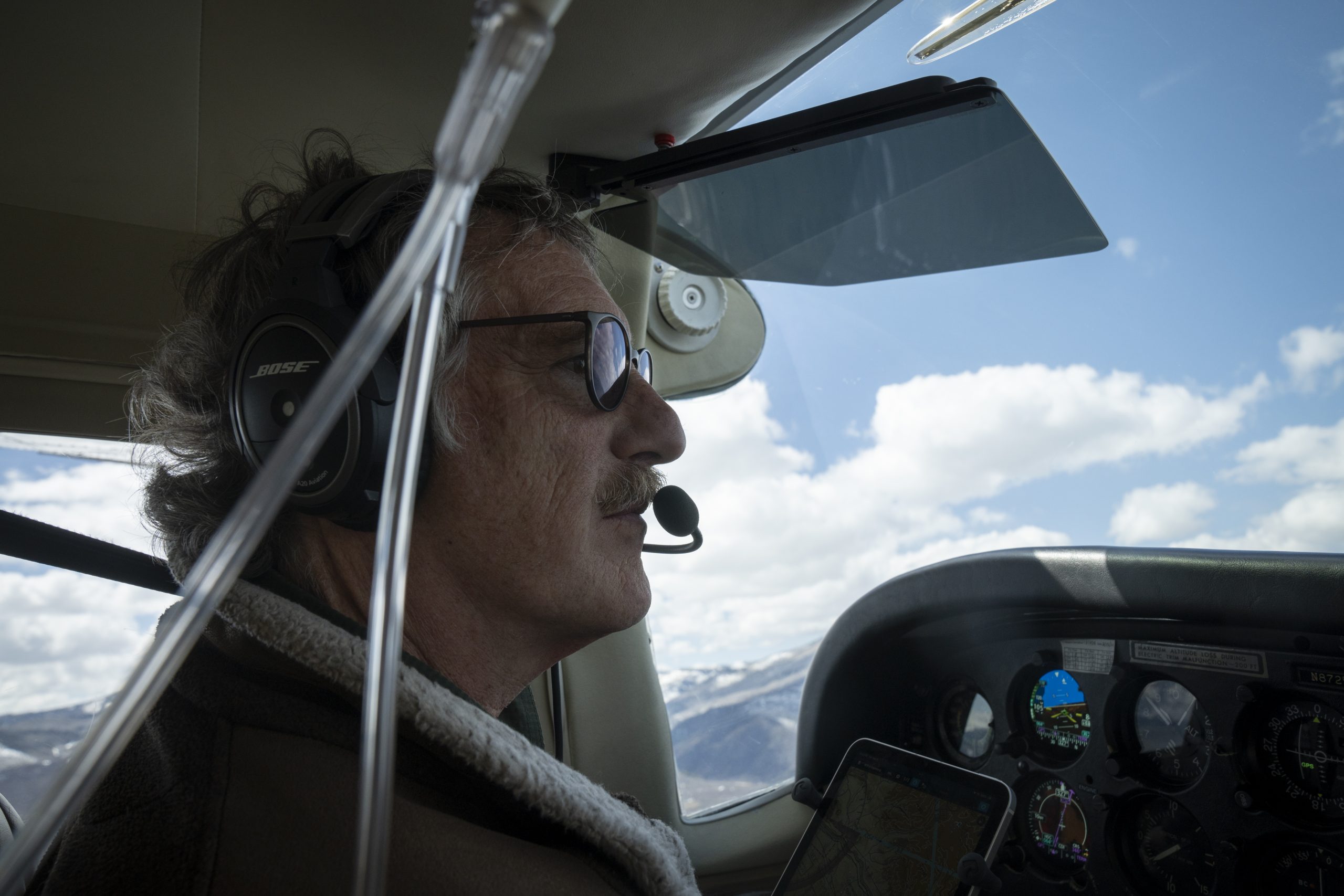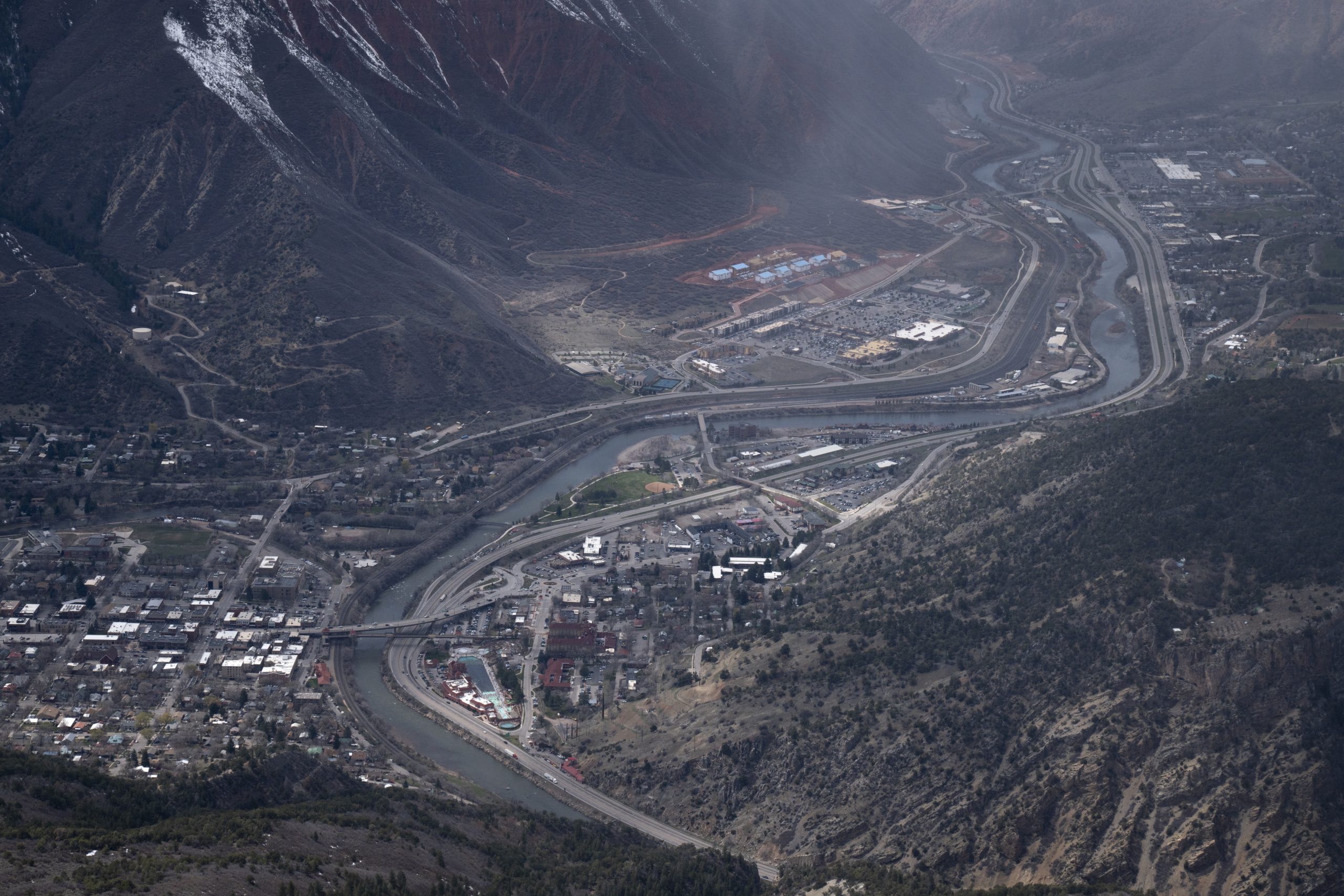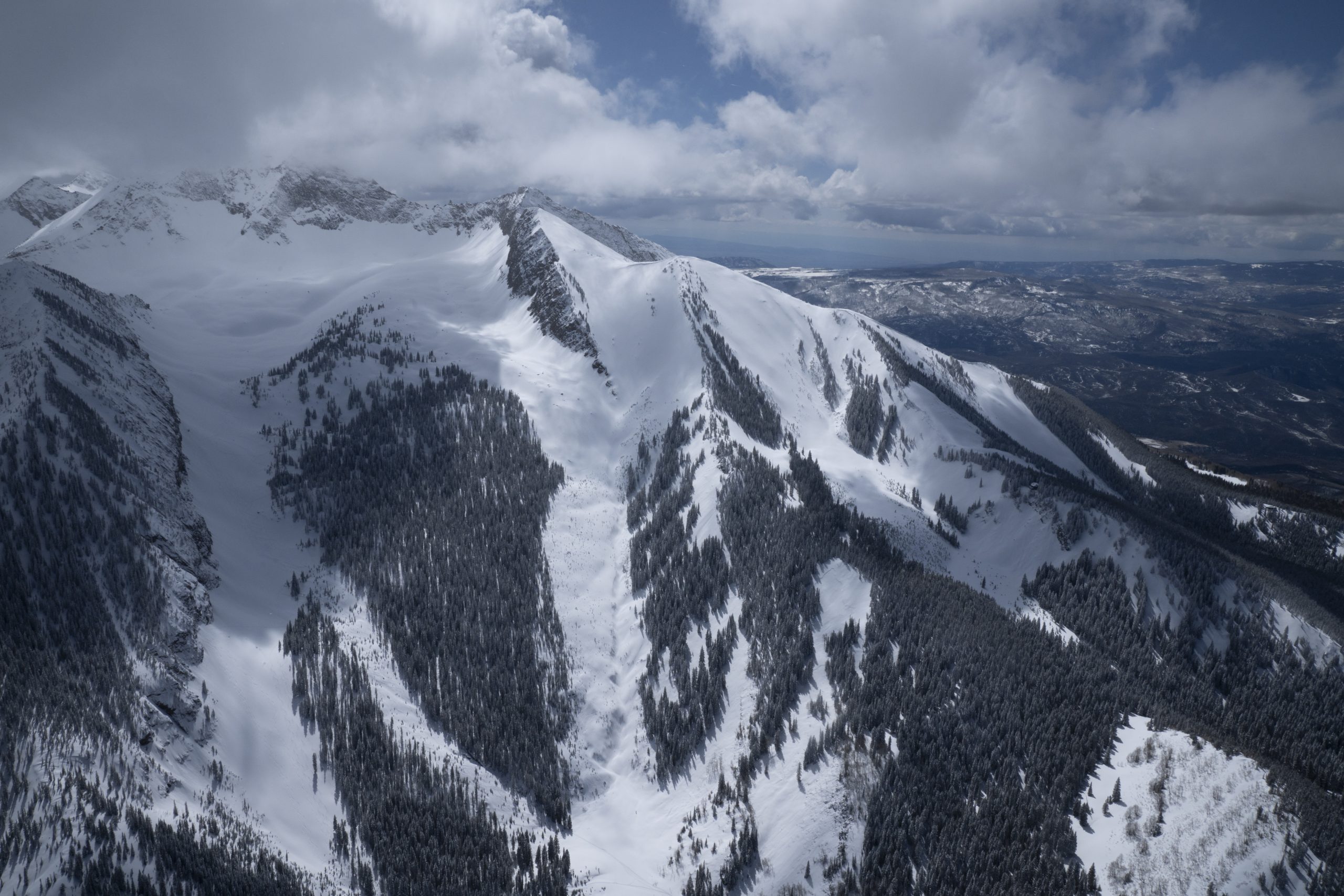
Your content goes here. Edit or remove this text inline or in the module Content settings. You can also style every aspect of this content in the module Design settings and even apply custom CSS to this text in the module Advanced settings.
The snowpack in Colorado is a topic of great interest to the people of Arizona. Why? Because that snowpack is what feeds the Colorado River. The water travels down the basin, providing much-needed water to communities and farming operations across the American Southwest. Millions of people rely on that water.
For years, the Colorado River Basin, and the West in general, have been suffering through a drought. Water levels in reservoirs like Lake Powell and Lake Mead have hit historic lows in recent years, rebounding slightly last summer thanks to record snowfalls in the 2023/2024 winter.
This year however, the snowpack has taken a dramatic fall, with current projections indicating the streamflows into Lake Powell will only reach 67% of normal – sparking concern for water users throughout the basin.
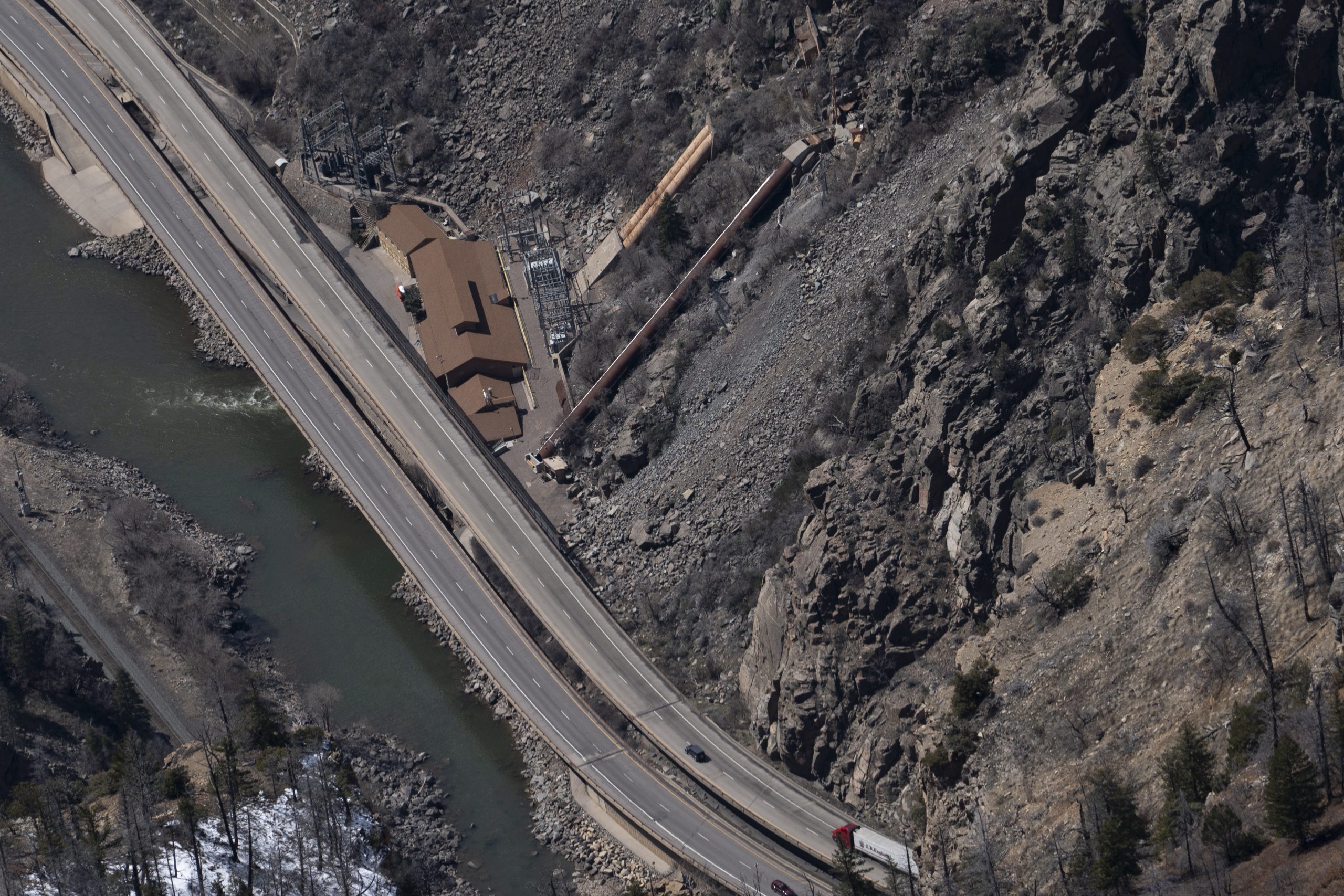
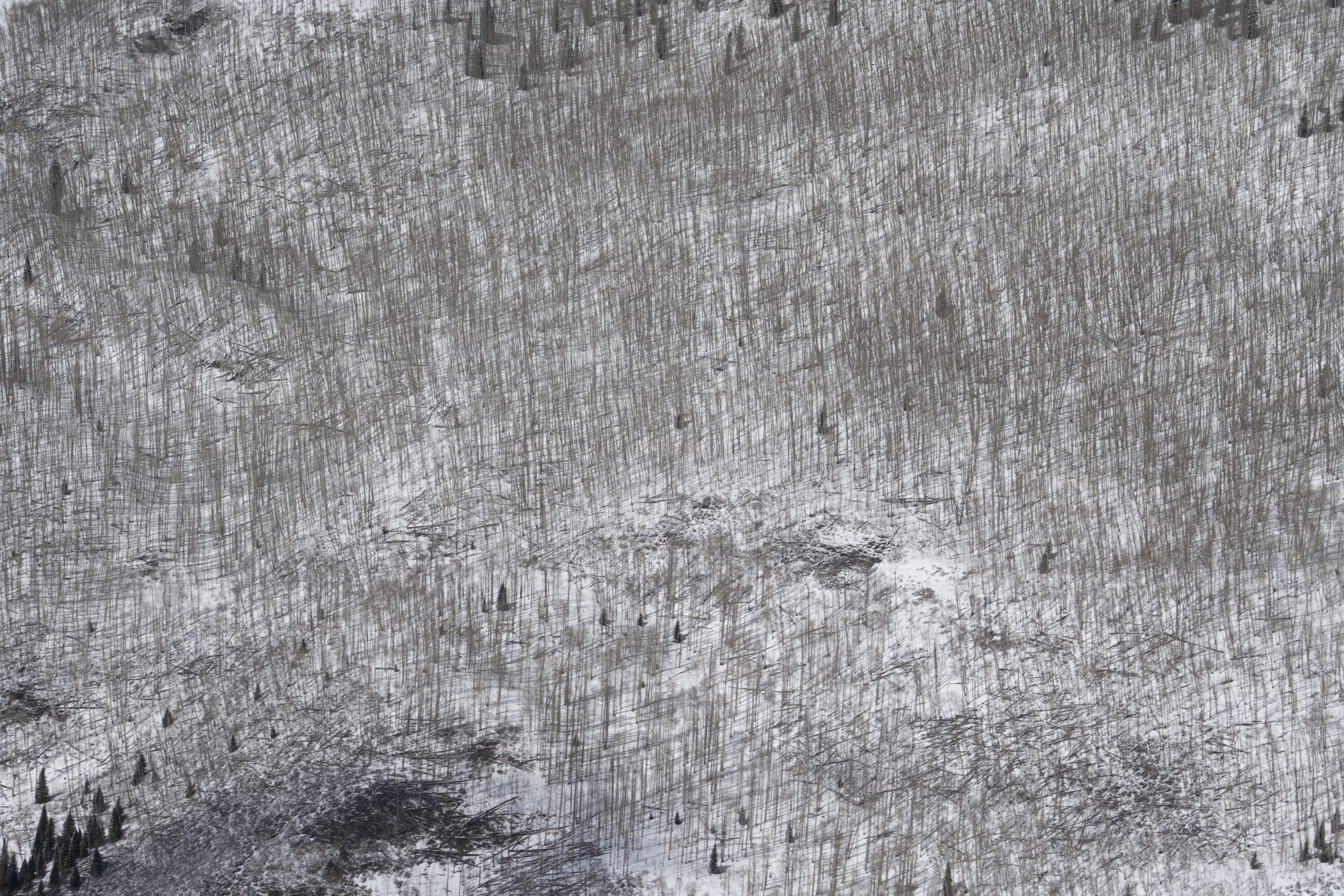
Earlier this month, LightHawk volunteer pilot Steve Meyer took a journalist from the Arizona Republic up in his Cessna 206 to get an aerial view of the snowpack in Western Colorado. Taking off from Glenwood Springs, the flight lasted about an hour, allowing journalist Mark Henle to capture images of the Colorado snowpack.
After the flight, Henle shared, “The objective of the mission was to photograph the snowpack in the Elk Mountains of west-central Colorado. We waited at the airport for the weather to break, after about 90 minutes, we took off. Steve’s expertise piloting a plane for aerial photography made my job easy. We returned to the airport an hour later with photographs that exceeded my expectations. Thank you LightHawk.”
Shedding light on the importance of conservation for the Colorado River water is a long-standing aspect of LightHawk’s work along the basin. We work with partners in every region to bring the powerful tool of aviation to their work, bringing urgency, visibility, and momentum to the issues affecting water levels and quality.
Thank you to pilot Steve Meyer for donating this flight. The resulting photos and story will spotlight the importance of water conservation efforts across the West, helping inform policy decisions that affect millions.

